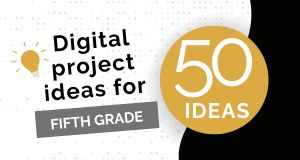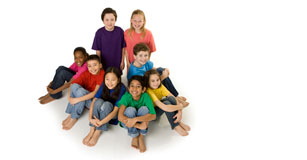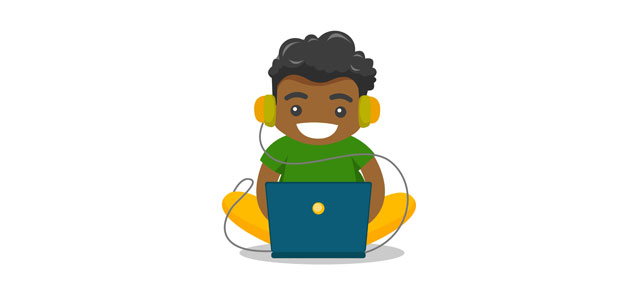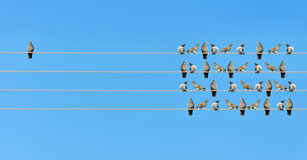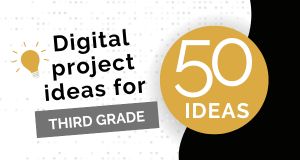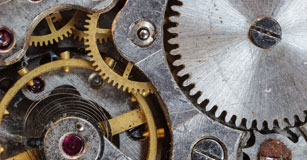Ask an Expert
Connect what students are learning to the world outside the classroom
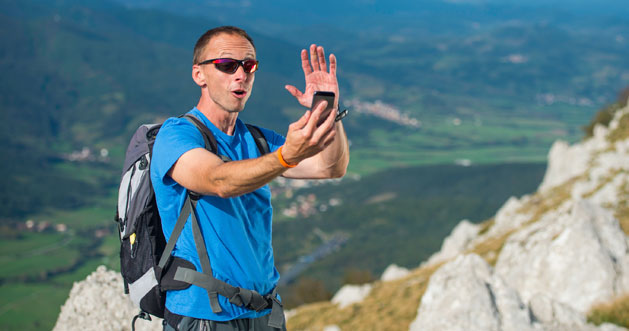
A visit or video conference with an author, entrepreneur, or other inspirational figure gives students the opportunity to ask questions, gather data, form opinions, publish, and share, all of which are skills essential for the 21st century workplace. They also internalize powerful messages that can help shape their future.
Experts provide us a way to demonstrate the connections between what students learn and the world that is outside of the classroom. Students may have difficulty learning – or caring about - algebra until a software developer or game developer helps them realize that algebra and trigonometry are at the core of the applications and games they use every day. A pastry chef or gourmet confectioner’s mastery of fractions, ratios, and proportions as they combine sugar, flour, eggs, and other ingredients to create delightful treats may also help whet your students’ appetites for math… especially if they come with samples!
I witnessed just how profound an effect a powerful speaker can have on students when I participated with Central Texas students in a video conference with Dr. Sandra Magnus, an astronaut who lived on the International Space Station.
Students began by asking straightforward science-related questions. Do the phases of the moon look different from space? Do the stars look the same?
Dr. Magnus inspired the students by describing the beauty of watching the Earth going by, and the wonder of seeing oceans, airports, city lights, rivers, and snow. She painted pictures with words, describing a lightning storm as her own private fireworks show. Dr. Magnus did an amazing job of demonstrating the importance of vivid description, intonation, and other oral communication skills.
Dr. Magnus also described how she trained for four years to live on the International Space Station. Being an astronaut was like being in school! She learned to work with scientists from all over the world, including Russia, Europe, Japan, and Canada, and even learned Russian so she could communicate on the space station.
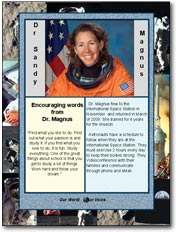
“Dr. Sandy” also spoke of another language… math! She described math as the language scientists use to talk about the world. When she explained that scientists can’t talk about Newton’s Laws or aerodynamics without math, students began to see connections between what many of them considered very different disciplines.
As I listened intently to the students’ questions and the responses from Dr. Magnus, I envisioned many other connected careers and learning opportunities that would engage students. Even if a student didn’t want to be an astronaut, the process of launching the shuttle and connecting astronauts with the space station required scientists, electricians, mechanics, engineers, physical trainers, doctors, and even sanitation engineers!
I also began thinking about other careers that would help teach math, science, and communication skills: photographer, videographer, author, physician, conservationist, linguist, microbiologist, and other people I knew who worked both inside and outside of education.
Dr. Magnus also talked about the hard work, patience, and training that went into becoming an astronaut. Even though she always liked math and science and knew when she was 12 or 13 that she wanted to be an astronaut, it took her 20 years to get into the astronaut corps. She left the students with a powerful idea: “Find something you like and study it. If you can dream it, it can happen.”
What a powerful message for students to internalize as they apply the 21st- century skills of critical thinking, problem solving, creativity, communication, and collaboration to reach their goals!





